North Queensland

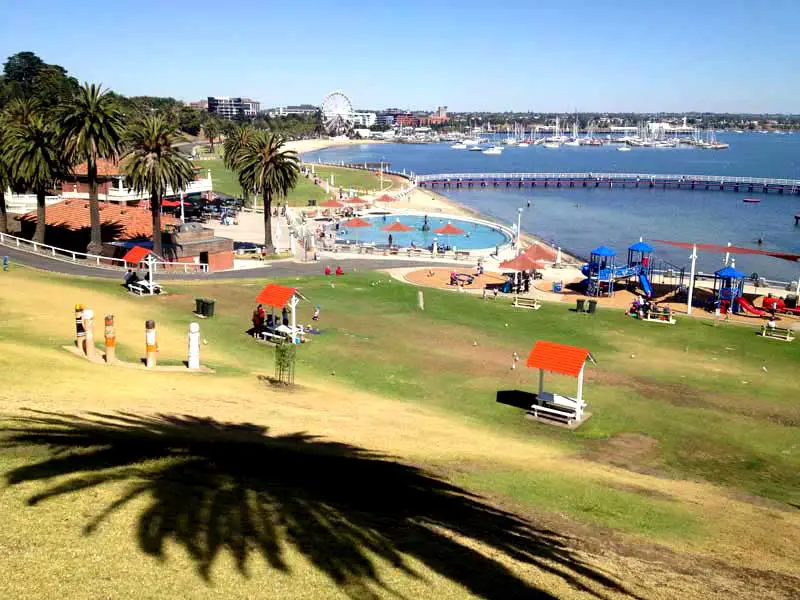
About Geelong
Geelong is surrounded by many kilometres of developed farmland and is noted for its many wineries and nearby surf beaches along the Great Ocean Road. During clear weather, the Melbourne skyline is visible from areas of Geelong when viewed across Port Phillip.
The Barwon River flows through the city to the south before entering Bass Strait at Barwon Heads. Geelong is well-connected by roads to all of south-west Victoria. It is connected to other cities such as to Melbourne by the M1, to Warrnambool by the A1, Ballarat by the A300 and to Hamilton by the B140. The city is a gateway to many renowned tourist attractions, namely the scenic Great Ocean Road, the Shipwreck Coast and the Bellarine Peninsula.
Prior to white settlement in the early 1800s, the area of Geelong and the Bellarine Peninsula was originally occupied by Aboriginal tribes, notably the Wathaurong people.
Brief history: The first non-aboriginal person recorded as visiting the Geelong region was Lt. John Murray, who commanded the brig Lady Nelson. After anchoring outside Port Phillip Heads (The narrow entrance to Port Phillip, onto which both Geelong and Melbourne now front) on 1st February 1802, he sent a small boat with six men to explore. Led by John Bowen they explored the immediate area, returning to the Lady Nelson on 4 February. On reporting favourable findings, the Lady Nelson entered Port Phillip on 14 February, and did not leave until 12th March. During this time, Murray explored the Geelong area and, whilst on the far side of the bay, claimed the entire area for England. He named Port Phillip Bay, Port King, after Philip Gidley King, then Governor of New South Wales. Governor King later renamed the bay Port Phillip Bay after the first governor of Australia, Arthur Phillip.
Hot on Murray’s heels was Matthew Flinders, who entered Port Phillip Bay on 27th April 1802. He charted the entire bay, including the Geelong area, believing he was the first to sight the huge expanse of water, but in a rush to reach Sydney before winter set in he left Port Phillip on 3 May. In December 1802, Surveyor-General Grimes and Lt. Charles Robbins walked around Port Phillip Bay, but finding no fresh water in the Geelong area reported it as uninhabitable. Staying close to the bay, they had completely missed the Barwon River, which, flowing into the ocean and not the bay, passes through present day Geelong on the inland side of a ridge.
The next visit to the Geelong area, apart from a short-lived settlement at Sorrento, on the far side of the bay (1803/4) was by the explorers Hamilton Hume and William Hovell. They reached Corio Bay – the area of Port Phillip Bay that Geelong now fronts – on 16th December 1824, and it was at this time they reported that the Aborigines called the area Corayo, the bay being called Jillong. Hume and Hovell had been contracted to travel overland from Sydney to Port Phillip, and having achieved this they stayed the night and begun their return journey the following day. William Buckley, an escaped convict from the Sullivans Bay settlement, lived among the Wautharong people for 32 years in the Bellarine Peninsula.
In 1835, John Batman used Indented Head as his base camp, leaving behind several employees whilst he returned to Tasmania (then known as Van Diemen’s Land) for more supplies and his family. In the same year, Buckley stumbled into the camp and was later pardoned. He was subsequently given the position of interpreter to the natives and as a guide for Captain Foster Fyans.
In March 1836, three squatters, David Fisher, James Strachan and George Russell arrived on the Caledonia and settled the area. By 1838, when Geelong (By this time the Aboriginal names for the land and water had been swapped) was first surveyed by Assistant Surveyor, W. H. Smythe three weeks after Melbourne, the population was 545. There was already a church, hotel, store and wool store; and by 1841, the first wool had been sent to England. A regular steamer service was also running between Geelong and Melbourne.
Captain Foster Fyans was commissioned as the local Police Magistrate and established himself on the Barwon River at the site of the area of present-day Fyansford. Fyans constructed a breakwater to improve the water supply to the city by preventing the salty lower reaches from mixing with fresh water and pooling water. This structure gave its name to the area now known as Breakwater, today an eastern industrial and residential suburb of Geelong.
In 1851, gold was discovered in nearby Ballarat, causing the Geelong population to grow from 8,000 to 22,000 during 1851 – 1853. The first issue of the Geelong Advertiser newspaper is published in 1840. HM Prison Geelong, built using convict labour was opened in 1864. In 1866 Graham Berry started a newspaper, the Geelong Register, as a rival to the established Geelong Advertiser. When this proved unsuccessful, he bought the Advertiser and made himself editor of the now merged papers. Using the paper as a platform, he was elected for West Geelong in 1869. In 1877 he switched to Geelong, which he represented until 1886.
The town of Geelong officially became a city on 8th December 1910. Electric trams began operation in 1912, travelling along Pakington St, Geelong West and the city centre until their demise in 1956. Between 1922 and 1925 Geelong’s industrial growth began: three woollen mills, fertilizer plants and the Ford Motor Company’s vehicle plant at Norlane.
In 1938 one of the last Port Phillip Bay steamers, Edina, made its final trip to Geelong, ending a romantic period of seaside excursions and contests for the fastest trip. Government housing was constructed in the northern suburbs of Norlane, North Shore and Corio during the 1950s to provide accommodation for many low income workers at nearby Ford Motor Company, International Harvester, Pivot Phosphate and Jackson’s Abbatoirs factories. On the eve of the second world war the International Harvester works were opened beside Ford at North Shore, and a grain elevator terminal was built at nearby Corio Quay. During 1952, the banks of the Barwon River burst, flooding nearby Belmont Common.
Avalon Airport is located approximately 15 kilometres to the north-east of the city of Geelong. The airport is designed to cater for jet aircraft, and comprises a single runway. It was originally constructed in 1953, to cater for the production of military aircraft. In 1959, Qantas established a training base at the site, and the runway was extended to cater for jet aircraft, becoming, for some years, the longest in the Southern Hemisphere. It continued to be used to build military aircraft until the 1980s, and for aircraft maintenance until 1996. Qantas aircraft servicing has moved from Kingsford Smith International Airport in Sydney.
The world-renowned Geelong Grammar School, whose alumni include Charles, the Prince of Wales, Rupert Murdoch, Kerry Packer, many former Australian Prime Ministers, Lord Broers (former Vice-Chancellor of the University of Cambridge), Alexander Downer (Minister of Foreign Affairs), John Fairfax (Media Proprietor), and former Victorian Governor John Landy. The School attracts visitors to the Geelong region and students and staff from the world over.
Deakin University is located in Waurn Ponds and also has a campus located on the waterfront of Corio Bay in the Geelong CBD. The campus at Waurn Ponds will be home to Victoria’s first and only regional medical school, opening its doors in 2008. Also located in Geelong are the Gordon Institute of TAFE, the Marcus Oldham Farm Management College, the Reformed Theological College, the International Fibre Centre, the Geelong College, and the Kardinia International College.


Entries from the Victorian Places website, combining original research with newly digitised historical sources and unique images to give a comprehensive view of places in and around Geelong.
Avalon
Bell Park
Belmont
Corio
Fyansford
Geelong
Geelong West
Grovedale
Hamelyn Heights
Highton
Lara
Lovely Banks
Marshall
Moolap
Newcomb
North Geelong
North Shore
Norlane
St Alans Park
Wandana Heights
Waurn Ponds
Waurn Ponds

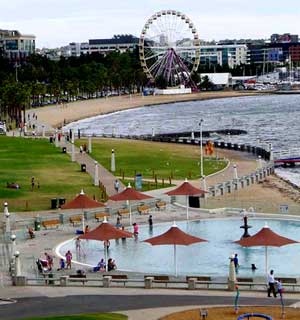
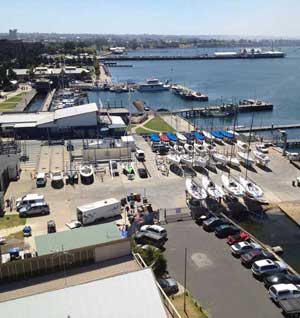
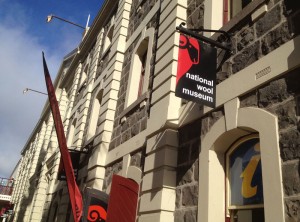
Geeling Wool Museum
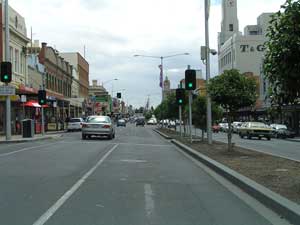
Ryrie Street, Geelong








